Latin Name: Berberis julianae
Common Name: wintergreen barberry
Family: Berberidaceae
Origin: Central China
Tree/Shrub/Herb: Broadleaf evergreen shrub
Form: Rounded mound
Habit: Mostly tight with some arching stems
Buds: Alternate
Leaves: Clustered at nodes, leathery, dark green
Flowers: Small, yellow, abundant, blooming in April/May
Fruit: Bluish-black berries in fall
Stem/Bark: Light tan stems, thorny
Cultural Requirements: Moist, well-drained, acidic soils, full sun to light shade
Landscape Uses: Keeping unwanted people/animals away from something
Notes: Birds will take cover in this plant, but everything else will stay away for fear of thorn gouging
Latin Name: Cotoneaster lacteus
Common Name: late cotoneaster
Family: Rosaceae
Origin: Yunnan province, China
Tree/Shrub/Herb: Broadleaf evergreen shrub
Form: Upright vase shape
Habit: Multi-stemmed from base
Buds: Alternate
Leaves: Obovate, hairy margin, red drip tip
Flowers: White corymbs blooming in June/July
Fruit: Red berries
Stem/Bark: Maroon bark, prominent lenticels, hairy twigs
Cultural Requirements: Well drained, average soil, full sun to partial shade
Landscape Uses: May be grown as a hedge or as a solitary shrub
Notes: lacteus refers to the milk white flowers
Latin Name: Daphne laureola
Common Name: spurge laurel
Family: Thymelaeaceae
Origin: Europe, northern Africa
Tree/Shrub/Herb: Broadleaf evergreen shrub
Form: Erect, upright
Habit: Spreading upwards
Buds: Alternate
Leaves: Whorled at nodes, oblanceolate, glabrous, dark green on top and lighter underneath
Flowers: Inconspicuous, yellow-green
Stem/Bark: Thin, yellow-grey bark, green new shoots
Cultural Requirements: Invasive, will pop up in many situations
Landscape Uses: Don't use because of invasive potential
Notes: Beware of the caustic sap!
Latin Name: Eriobotrya japonica
Common Name: loquat
Family: Rosaceae
Origin: South-Central China
Tree/Shrub/Herb: Broadleaf evergreen shrub
Form: Upright, rounded
Habit: Multi-stemmed from base, irregularly arching stems
Buds: Alternate
Leaves: Serrated margin, dark green top with lighter underside, leathery, prominent veins
Flowers: White corymbs
Fruit: Yellowish apple-like fruit
Stem/Bark: Grey bark
Cultural Requirements: Needs cold wind protection, full sun, moist soil, rich soil
Landscape Uses: Specimen shrub
Notes: Grows sparsely in our climate unless very well protected
Latin Name: Escallonia rubra
Common Name: red escallonia
Family: Escalloniaceae
Origin: South America
Tree/Shrub/Herb: Broadleaf evergreen shrub
Form: Irregular
Habit: Many arching, spreading stems from base
Buds: Alternate
Leaves: Obovate, acute tip, finely serrated
Flowers: Ruby-pink flower in June
Stem/Bark: Reddish brown bark, pinkish-red new growth
Cultural Requirements: Needs wind protection and irrigation, average to good soil, well-drained
Landscape Uses: Border shrub
Notes: Needs wind/cold protection to survive, would probably work well in Kits
Latin Name: Euphorbia amygdaloides var. robbiae
Common Name: evergreen spurge
Family: Euphorbiaceae
Origin: Europe, Turkey
Tree/Shrub/Herb: Broadleaf evergreen shrub
Form: Low, upright
Habit: Forms dense undergrowth
Buds: Whorled
Leaves: Dark green top which is lighter underneath, lanceolate, entire margin
Flowers: Green-yellow clusters on long reproductive stems
Stem/Bark: Green/pink stems
Cultural Requirements: Moist, well-drained soil, full sun to shade
Landscape Uses: Will thrive in dry shade of trees
Notes: Spreads rhizomatously, broken stems produce a sap which sting the skin
Latin Name: Hedera colchica
Common Name: Persian ivy
Family: Araliaceae
Origin: Middle East
Tree/Shrub/Herb: Broadleaf evergreen liana
Form: Prostrate or climbing on objects/other plants
Habit: Climbing, trailing
Buds: Alternate
Leaves: Chordate, entire margin, glabrous, juvenile leaves are 5-lobed
Flowers: Small, green umbels Fruit: Black berries
Stem/Bark: Woody, brown
Cultural Requirements: Moist, well-drained, rich soil, full sun to partial shade
Landscape Uses: Climbing a surface
Notes: Uses aerial roots to climb surfaces
Latin Name: Ilex aquifolium
Common Name: English holly
Family: Aquifoliaceae
Origin: Western/Southern Europe
Tree/Shrub/Herb: Broadleaf evergreen shrub
Form: Arborescent
Habit: Secondary branches arching downwards
Buds: Alternate
Leaves: Acute tip, spiny margin, glossy
Fruit: Red berries
Stem/Bark: Yellowish new stems, grey smooth bark
Cultural Requirements: Average, moist, well-drained soil in full sun to partial shade
Landscape Uses: None, don't plant it.
Notes: Dioecious, very invasive, don't ever plant this!
Latin Name: Ilex pernyi
Common Name: Perny's holly
Family: Aquifoliaceae
Origin: China
Tree/Shrub/Herb: Broadleaf evergreen shrub
Form: Arborescent
Habit: Horizontally arching secondary branching
Buds: Alternate, purple
Leaves: Spiny margin, broadly triangular, drip tips
Fruit: Red berries
Stem/Bark: Brown/grey bark, yellow new growth
Cultural Requirements: Deep, average, well drained soil, tolerates poor conditions, prefers good air circulation
Landscape Uses: Specimen shrub or hedging
Notes: Dioecious, not invasive
Latin Name: Magnolia grandiflora
Common Name: southern magnolia
Family: Magnoliaceae
Origin: Southeastern US
Tree/Shrub/Herb: Broadleaf evergreen tree
Form: Arborescent
Habit: Horizontally arching secondary branching
Buds: Alternate
Leaves: Bronze indumentum on underside (only slightly, more in Little Gem), acute tip, leathery, ovate, larger leaves than Little Gem, undulating margin
Flowers: Large white flowers
Stem/Bark: Brown bark, white lenticels, reddish new shoots
Cultural Requirements: Full sun, medium to light water requirements
Landscape Uses: Large specimen tree
Notes: Grows to 20-25m tall
Latin Name: Magnolia grandiflora 'Little Gem'
Common Name: Little Gem magnolia
Family: Magnoliaceae
Origin: Southeastern US
Tree/Shrub/Herb: Broadleaf evergreen tree
Form: Arborescent
Habit: Horizontally arching secondary branching
Buds: Alternate
Leaves: Lots of bronze indumentum on underside, acute tip, leathery, ovate, smaller leaves than species, undulating margin
Flowers: Medium sized white flowers
Stem/Bark: Brown bark, white lenticels, reddish new shoots
Cultural Requirements: Full sun, medium to light water requirements
Landscape Uses: Dwarf garden tree
Notes: Little Gem is less hardy than the species, grows to only 4-5m tall
Latin Name: Stranvaesia davidiana
Common Name: stranvaesia
Family: Rosaceae
Origin: East Asia
Tree/Shrub/Herb: Broadleaf evergreen shrub
Form: Irregular
Habit: Multi-stemmed from base
Buds: Alternate, red
Leaves: Simple, lanceolate, acute tip, drip tips
Flowers: White corymb flowering in June/July
Fruit: Red berries
Stem/Bark: Grey/brown bark
Cultural Requirements: full sun, average soil, no irrigation necessary
Landscape Uses: Park tree
Notes: Also known as Photinia davidiana
Latin Name: Viburnum cinnamomifolium
Common Name: cinnamon leaved viburnum
Family: Adoxaceae
Origin: Western China
Tree/Shrub/Herb: Broadleaf evergreen shrub
Form: Upright, rounded
Habit: Multi-stemmed from base
Buds: Opposite
Leaves: Lanceolate, prominent veins, acute tip
Flowers: White umbels
Fruit: Black drupes
Stem/Bark: Brown, woody
Cultural Requirements: Moist but well drained soil, full sun to partial shade
Landscape Uses: Specimen shrub
Notes: Grows to 5m tall
Latin Name: Viburnum rhytidophyllum
Common Name: leatherleaf viburnum
Family: Adoxaceae
Origin: Western/Central China
Tree/Shrub/Herb: Broadleaf evergreen shrub
Form: Upright, rounded, irregular
Habit: Multi stemmed from base
Buds: Opposite
Leaves: Prominent veins, lanceolate
Flowers: White flowers in July
Fruit: Black drupes
Stem/Bark: Brown bark, lighter brown new shoots
Cultural Requirements: Requires wind protection
Landscape Uses: Large border plant
Notes: Fluff on leaves and stems is a major respiratory irritant
Common Name: wintergreen barberry
Family: Berberidaceae
Origin: Central China
Tree/Shrub/Herb: Broadleaf evergreen shrub
Form: Rounded mound
Habit: Mostly tight with some arching stems
Buds: Alternate
Leaves: Clustered at nodes, leathery, dark green
Flowers: Small, yellow, abundant, blooming in April/May
Fruit: Bluish-black berries in fall
Stem/Bark: Light tan stems, thorny
Cultural Requirements: Moist, well-drained, acidic soils, full sun to light shade
Landscape Uses: Keeping unwanted people/animals away from something
Notes: Birds will take cover in this plant, but everything else will stay away for fear of thorn gouging
Latin Name: Cotoneaster lacteus
Common Name: late cotoneaster
Family: Rosaceae
Origin: Yunnan province, China
Tree/Shrub/Herb: Broadleaf evergreen shrub
Form: Upright vase shape
Habit: Multi-stemmed from base
Buds: Alternate
Leaves: Obovate, hairy margin, red drip tip
Flowers: White corymbs blooming in June/July
Fruit: Red berries
Stem/Bark: Maroon bark, prominent lenticels, hairy twigs
Cultural Requirements: Well drained, average soil, full sun to partial shade
Landscape Uses: May be grown as a hedge or as a solitary shrub
Notes: lacteus refers to the milk white flowers
Latin Name: Daphne laureola
Common Name: spurge laurel
Family: Thymelaeaceae
Origin: Europe, northern Africa
Tree/Shrub/Herb: Broadleaf evergreen shrub
Form: Erect, upright
Habit: Spreading upwards
Buds: Alternate
Leaves: Whorled at nodes, oblanceolate, glabrous, dark green on top and lighter underneath
Flowers: Inconspicuous, yellow-green
Stem/Bark: Thin, yellow-grey bark, green new shoots
Cultural Requirements: Invasive, will pop up in many situations
Landscape Uses: Don't use because of invasive potential
Notes: Beware of the caustic sap!
Latin Name: Eriobotrya japonica
Common Name: loquat
Family: Rosaceae
Origin: South-Central China
Tree/Shrub/Herb: Broadleaf evergreen shrub
Form: Upright, rounded
Habit: Multi-stemmed from base, irregularly arching stems
Buds: Alternate
Leaves: Serrated margin, dark green top with lighter underside, leathery, prominent veins
Flowers: White corymbs
Fruit: Yellowish apple-like fruit
Stem/Bark: Grey bark
Cultural Requirements: Needs cold wind protection, full sun, moist soil, rich soil
Landscape Uses: Specimen shrub
Notes: Grows sparsely in our climate unless very well protected
Latin Name: Escallonia rubra
Common Name: red escallonia
Family: Escalloniaceae
Origin: South America
Tree/Shrub/Herb: Broadleaf evergreen shrub
Form: Irregular
Habit: Many arching, spreading stems from base
Buds: Alternate
Leaves: Obovate, acute tip, finely serrated
Flowers: Ruby-pink flower in June
Stem/Bark: Reddish brown bark, pinkish-red new growth
Cultural Requirements: Needs wind protection and irrigation, average to good soil, well-drained
Landscape Uses: Border shrub
Notes: Needs wind/cold protection to survive, would probably work well in Kits
Latin Name: Euphorbia amygdaloides var. robbiae
Common Name: evergreen spurge
Family: Euphorbiaceae
Origin: Europe, Turkey
Tree/Shrub/Herb: Broadleaf evergreen shrub
Form: Low, upright
Habit: Forms dense undergrowth
Buds: Whorled
Leaves: Dark green top which is lighter underneath, lanceolate, entire margin
Flowers: Green-yellow clusters on long reproductive stems
Stem/Bark: Green/pink stems
Cultural Requirements: Moist, well-drained soil, full sun to shade
Landscape Uses: Will thrive in dry shade of trees
Notes: Spreads rhizomatously, broken stems produce a sap which sting the skin
Latin Name: Hedera colchica
Common Name: Persian ivy
Family: Araliaceae
Origin: Middle East
Tree/Shrub/Herb: Broadleaf evergreen liana
Form: Prostrate or climbing on objects/other plants
Habit: Climbing, trailing
Buds: Alternate
Leaves: Chordate, entire margin, glabrous, juvenile leaves are 5-lobed
Flowers: Small, green umbels Fruit: Black berries
Stem/Bark: Woody, brown
Cultural Requirements: Moist, well-drained, rich soil, full sun to partial shade
Landscape Uses: Climbing a surface
Notes: Uses aerial roots to climb surfaces
Latin Name: Ilex aquifolium
Common Name: English holly
Family: Aquifoliaceae
Origin: Western/Southern Europe
Tree/Shrub/Herb: Broadleaf evergreen shrub
Form: Arborescent
Habit: Secondary branches arching downwards
Buds: Alternate
Leaves: Acute tip, spiny margin, glossy
Fruit: Red berries
Stem/Bark: Yellowish new stems, grey smooth bark
Cultural Requirements: Average, moist, well-drained soil in full sun to partial shade
Landscape Uses: None, don't plant it.
Notes: Dioecious, very invasive, don't ever plant this!
Latin Name: Ilex pernyi
Common Name: Perny's holly
Family: Aquifoliaceae
Origin: China
Tree/Shrub/Herb: Broadleaf evergreen shrub
Form: Arborescent
Habit: Horizontally arching secondary branching
Buds: Alternate, purple
Leaves: Spiny margin, broadly triangular, drip tips
Fruit: Red berries
Stem/Bark: Brown/grey bark, yellow new growth
Cultural Requirements: Deep, average, well drained soil, tolerates poor conditions, prefers good air circulation
Landscape Uses: Specimen shrub or hedging
Notes: Dioecious, not invasive
Latin Name: Magnolia grandiflora
Common Name: southern magnolia
Family: Magnoliaceae
Origin: Southeastern US
Tree/Shrub/Herb: Broadleaf evergreen tree
Form: Arborescent
Habit: Horizontally arching secondary branching
Buds: Alternate
Leaves: Bronze indumentum on underside (only slightly, more in Little Gem), acute tip, leathery, ovate, larger leaves than Little Gem, undulating margin
Flowers: Large white flowers
Stem/Bark: Brown bark, white lenticels, reddish new shoots
Cultural Requirements: Full sun, medium to light water requirements
Landscape Uses: Large specimen tree
Notes: Grows to 20-25m tall
Latin Name: Magnolia grandiflora 'Little Gem'
Common Name: Little Gem magnolia
Family: Magnoliaceae
Origin: Southeastern US
Tree/Shrub/Herb: Broadleaf evergreen tree
Form: Arborescent
Habit: Horizontally arching secondary branching
Buds: Alternate
Leaves: Lots of bronze indumentum on underside, acute tip, leathery, ovate, smaller leaves than species, undulating margin
Flowers: Medium sized white flowers
Stem/Bark: Brown bark, white lenticels, reddish new shoots
Cultural Requirements: Full sun, medium to light water requirements
Landscape Uses: Dwarf garden tree
Notes: Little Gem is less hardy than the species, grows to only 4-5m tall
Latin Name: Stranvaesia davidiana
Common Name: stranvaesia
Family: Rosaceae
Origin: East Asia
Tree/Shrub/Herb: Broadleaf evergreen shrub
Form: Irregular
Habit: Multi-stemmed from base
Buds: Alternate, red
Leaves: Simple, lanceolate, acute tip, drip tips
Flowers: White corymb flowering in June/July
Fruit: Red berries
Stem/Bark: Grey/brown bark
Cultural Requirements: full sun, average soil, no irrigation necessary
Landscape Uses: Park tree
Notes: Also known as Photinia davidiana
Latin Name: Viburnum cinnamomifolium
Common Name: cinnamon leaved viburnum
Family: Adoxaceae
Origin: Western China
Tree/Shrub/Herb: Broadleaf evergreen shrub
Form: Upright, rounded
Habit: Multi-stemmed from base
Buds: Opposite
Leaves: Lanceolate, prominent veins, acute tip
Flowers: White umbels
Fruit: Black drupes
Stem/Bark: Brown, woody
Cultural Requirements: Moist but well drained soil, full sun to partial shade
Landscape Uses: Specimen shrub
Notes: Grows to 5m tall
Latin Name: Viburnum rhytidophyllum
Common Name: leatherleaf viburnum
Family: Adoxaceae
Origin: Western/Central China
Tree/Shrub/Herb: Broadleaf evergreen shrub
Form: Upright, rounded, irregular
Habit: Multi stemmed from base
Buds: Opposite
Leaves: Prominent veins, lanceolate
Flowers: White flowers in July
Fruit: Black drupes
Stem/Bark: Brown bark, lighter brown new shoots
Cultural Requirements: Requires wind protection
Landscape Uses: Large border plant
Notes: Fluff on leaves and stems is a major respiratory irritant
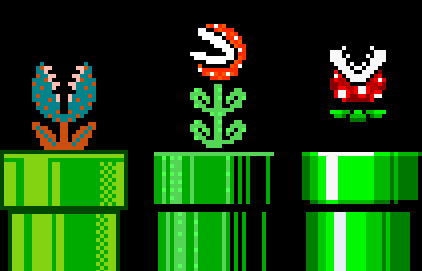

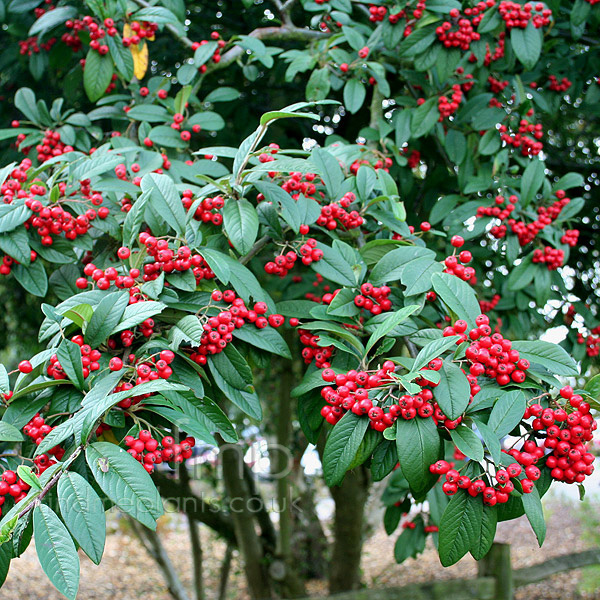



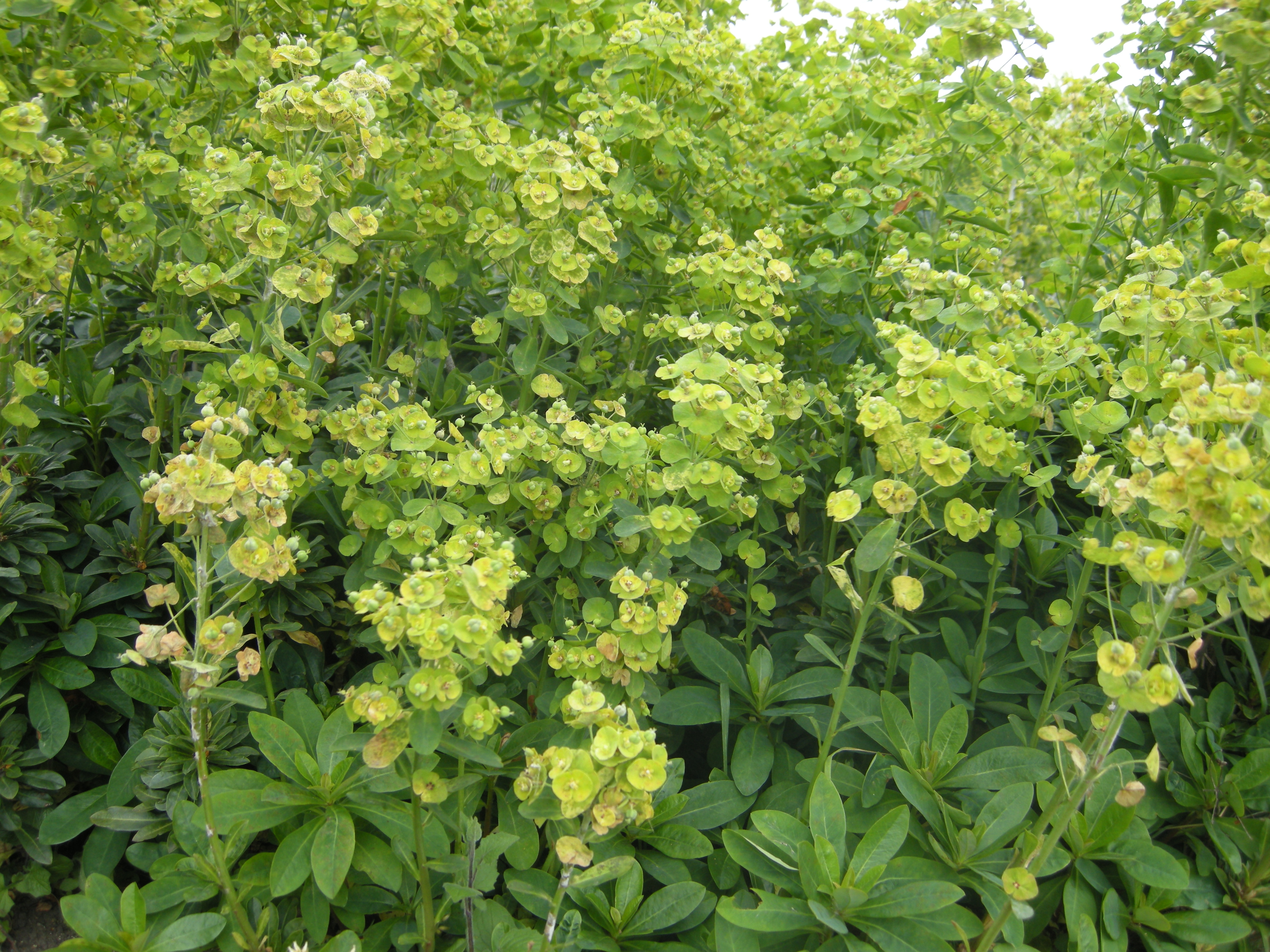
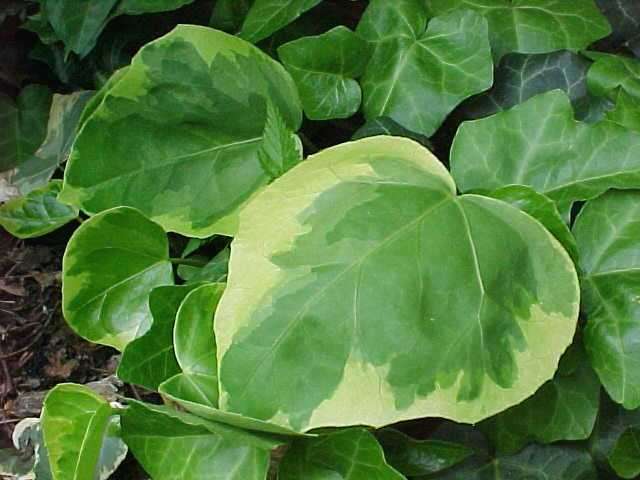






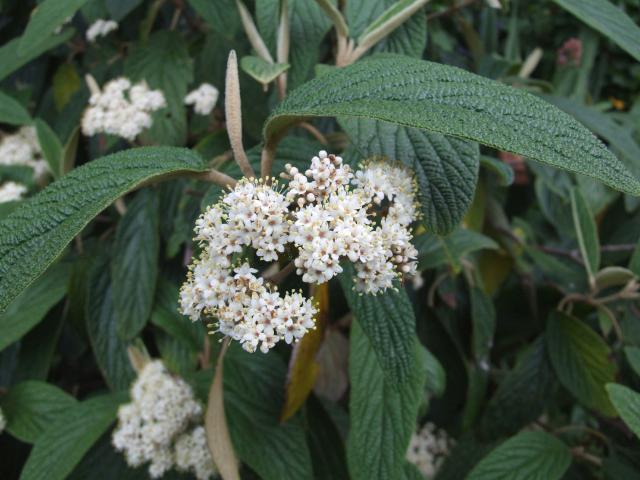
ayam sabung bangkok
ReplyDeleteDownload aplikasi hp adu ayam taji Terbaru
ReplyDelete